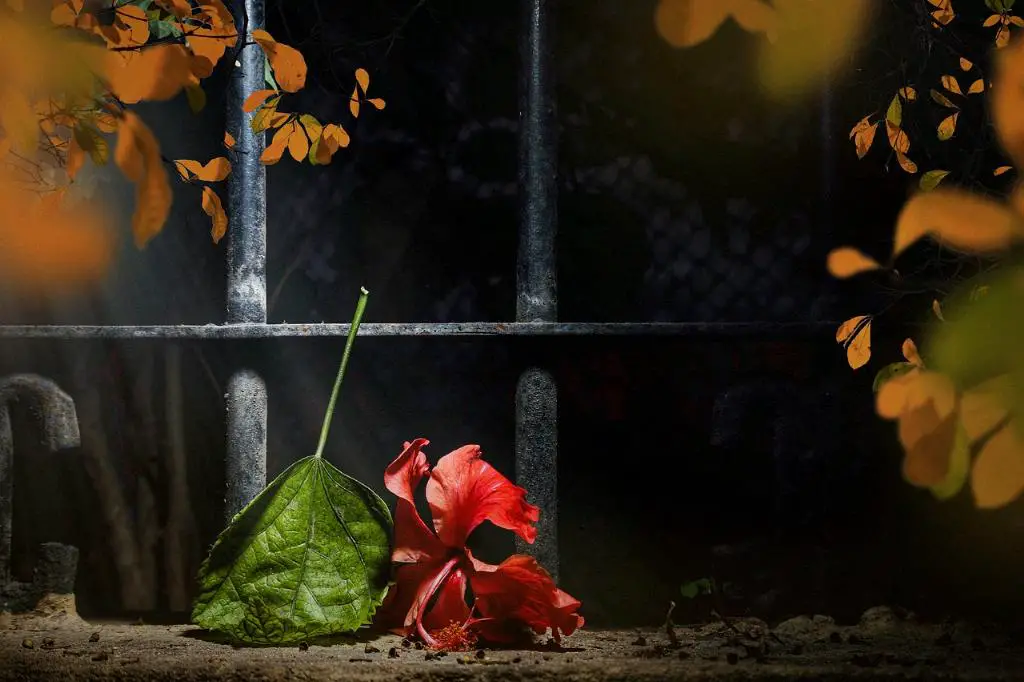Growing hardy hibiscus from seed can be a rewarding experience for any gardener looking to add a splash of vibrant color to their outdoor space. To start the process, it is important to sow the seeds indoors 6-12 weeks before the last frost, timing the planting according to your specific zone. This allows the seeds to establish themselves and prepare for the growing season ahead.
One helpful tip is to soak the hardy hibiscus seeds overnight before planting them. This simple step can jumpstart the germination process and help the seeds sprout more easily. After soaking, sow the large seeds about half an inch deep into well-draining soil, ensuring they are adequately covered but not buried too deeply.
Provide the newly planted seeds with optimal growing conditions by keeping them in an environment with around 60% humidity. Additionally, ensure that the seeds receive ample sunlight or, if indoors, place them under grow lights to simulate natural sunlight. This will help the seeds grow strong and healthy as they begin to germinate.
As the hardy hibiscus seeds begin to sprout and grow, it is essential to monitor their progress closely. Keep the soil consistently moist but not waterlogged, as excessive moisture can lead to root rot and other issues. Additionally, make sure to provide the young plants with proper air circulation to prevent fungal growth and promote healthy development.
Transplant the young hardy hibiscus seedlings into larger containers or outdoor garden beds once they have established a strong root system and are ready for the next stage of growth. When transplanting, handle the delicate roots with care to avoid damaging them and set the plants at the correct depth in the soil.
During the growing season, feed your hardy hibiscus plants with a balanced fertilizer to provide them with essential nutrients for healthy growth and vibrant blooms. It is important to follow the instructions on the fertilizer package and avoid over-fertilization, as this can harm the plants and lead to nutrient imbalances.
Regularly monitor your hardy hibiscus plants for pests and diseases, as these can quickly spread and damage your garden. Inspect the leaves, stems, and flowers for any signs of pests such as aphids, spider mites, or whiteflies, and take prompt action to address any issues before they escalate.
Prune your hardy hibiscus plants as needed to remove dead or damaged branches, promote new growth, and shape the plant for aesthetics. Use clean, sharp pruning shears to make precise cuts and avoid tearing the plant tissue, which can leave it vulnerable to infection and disease.
Water your hardy hibiscus plants consistently throughout the growing season, ensuring that the soil remains evenly moist but not waterlogged. Monitor the moisture levels regularly, especially during hot and dry periods, and adjust your watering schedule as needed to prevent drought stress or overwatering.
Protect your hardy hibiscus plants from extreme weather conditions such as frost, high winds, or excessive heat by providing them with adequate shelter or support. Consider covering the plants with a frost cloth during cold snaps, staking tall varieties to prevent wind damage, and providing shade during intense heatwaves.
Enjoy the beauty of your hardy hibiscus plants as they grow and bloom, adding a pop of color and charm to your garden or outdoor space. With proper care and attention, you can cultivate healthy, thriving hibiscus plants from seed and watch them flourish throughout the growing season.
By following these guidelines and nurturing your hardy hibiscus plants with care, you can successfully grow them from seed and create a stunning display of vibrant flowers in your garden. Embrace the process of gardening and enjoy the beauty of nature unfolding before your eyes as your hardy hibiscus plants thrive and bloom.

